DNA Damage/DNA Repair
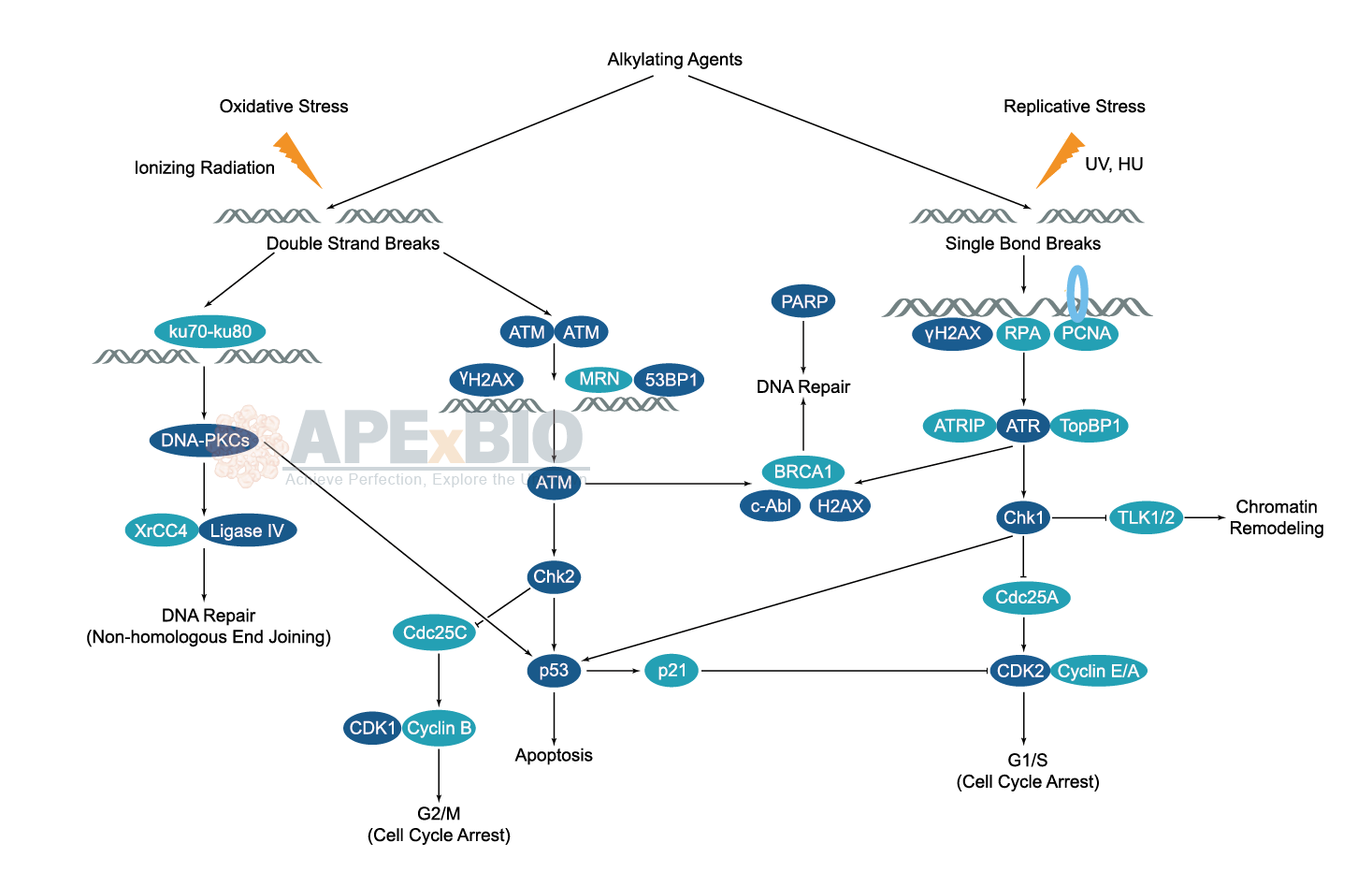
The DNA in a human cell receives tens of thousands of damages per day due to both external (exogenous) and internal (endogenous) stress. The exogenous damages are caused by chemical contamination, UV light, ionizing radiation and alkylation/methylation etc, while the endogenous damages are coming from oxidation, alkylation and hydrolysis of bases etc. Since single strand and double strand breaks of DNA will occur after the damage, unrepaired DNA damage leads to cell senescent, apoptosis and malignancies etc. To overcome this threat, cell has developed DNA damage response, to detect DNA damage and mediate its repair.
DNA repair involves multiple mechanisms such as mismatch, base excision, and nucleotide excision repair etc. A group of proteins and pathways are participated in those processes. ATM/ATR kinases and DNA-PK are crucial for the detection of the DNA damage. Chromatin remodelers regulate chromatin accessibility for the DNA repair factors to function. RPA, Rad51 and the fanconi anemia proteins act directly on repairing the DNA damage. p53 network, the RAS GTPase superfamily, and the ubiquitin system also play important part in the DNA damage response. Aberrant DNA damage response is linked to aging, cancer and immune diseases.
-
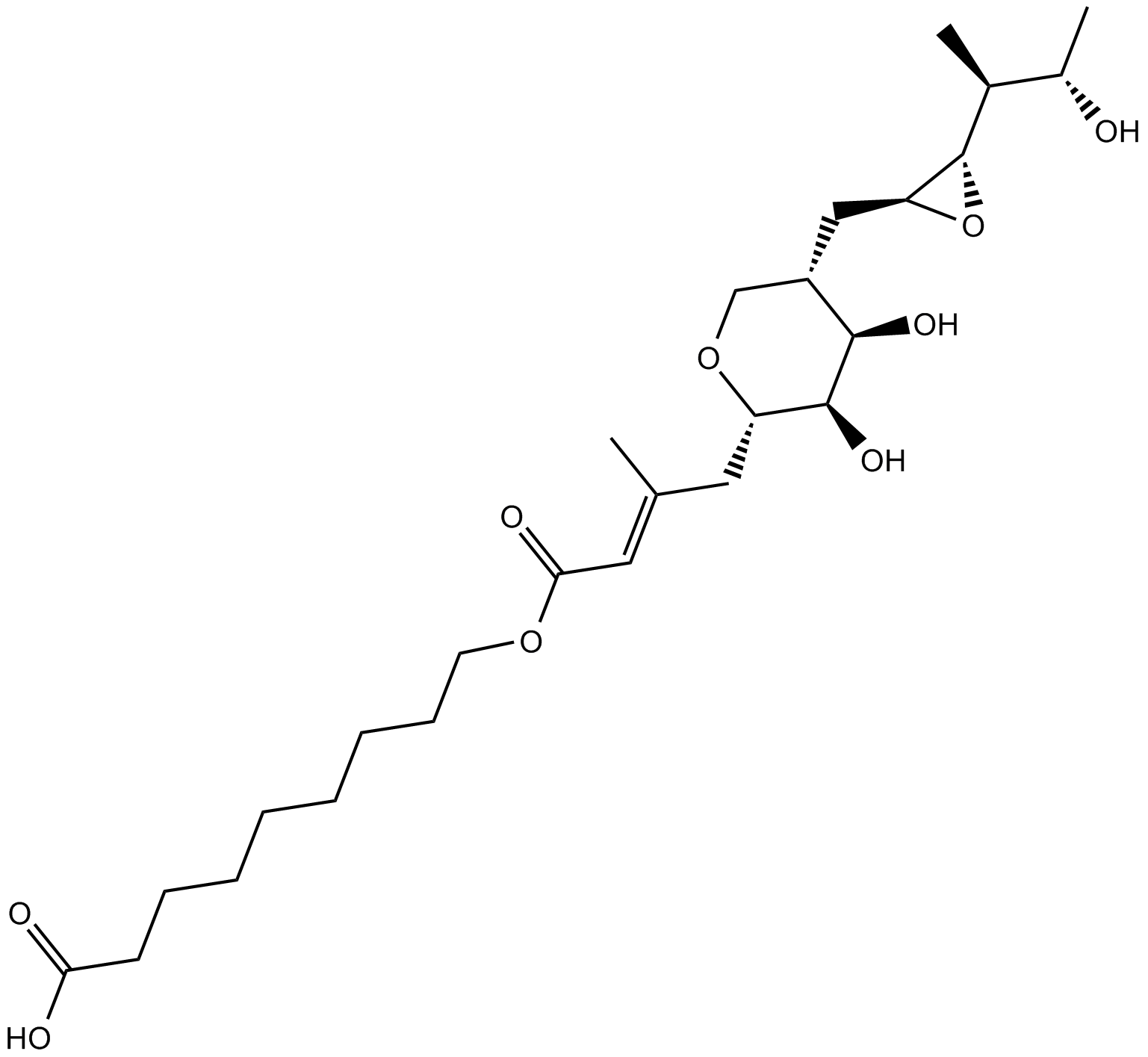 B4872 MupirocinSummary: isoleucyl t-RNA synthetase inhibitor
B4872 MupirocinSummary: isoleucyl t-RNA synthetase inhibitor -
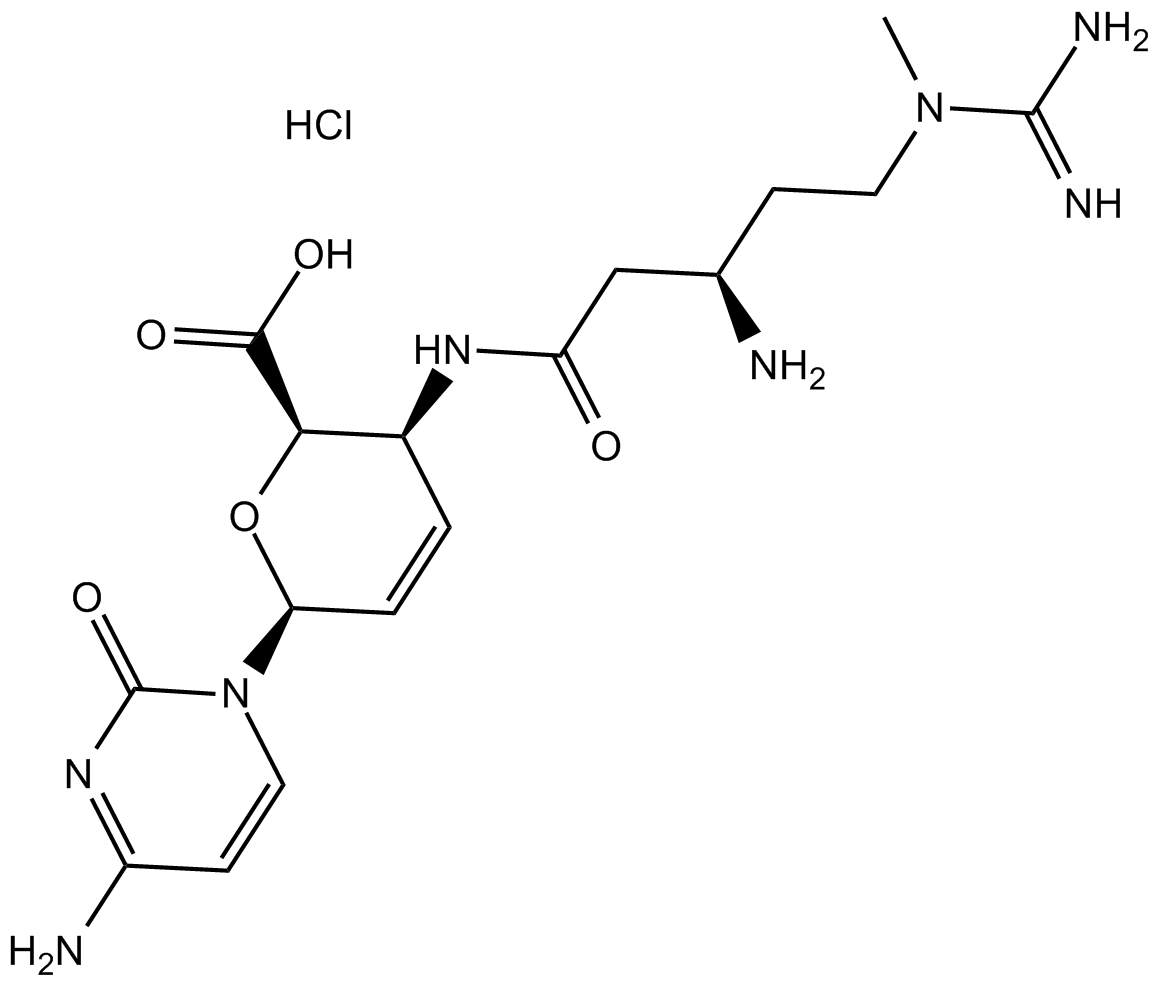 B4879 Blasticidin S HClSummary: Blasticidin S HCl
B4879 Blasticidin S HClSummary: Blasticidin S HCl -
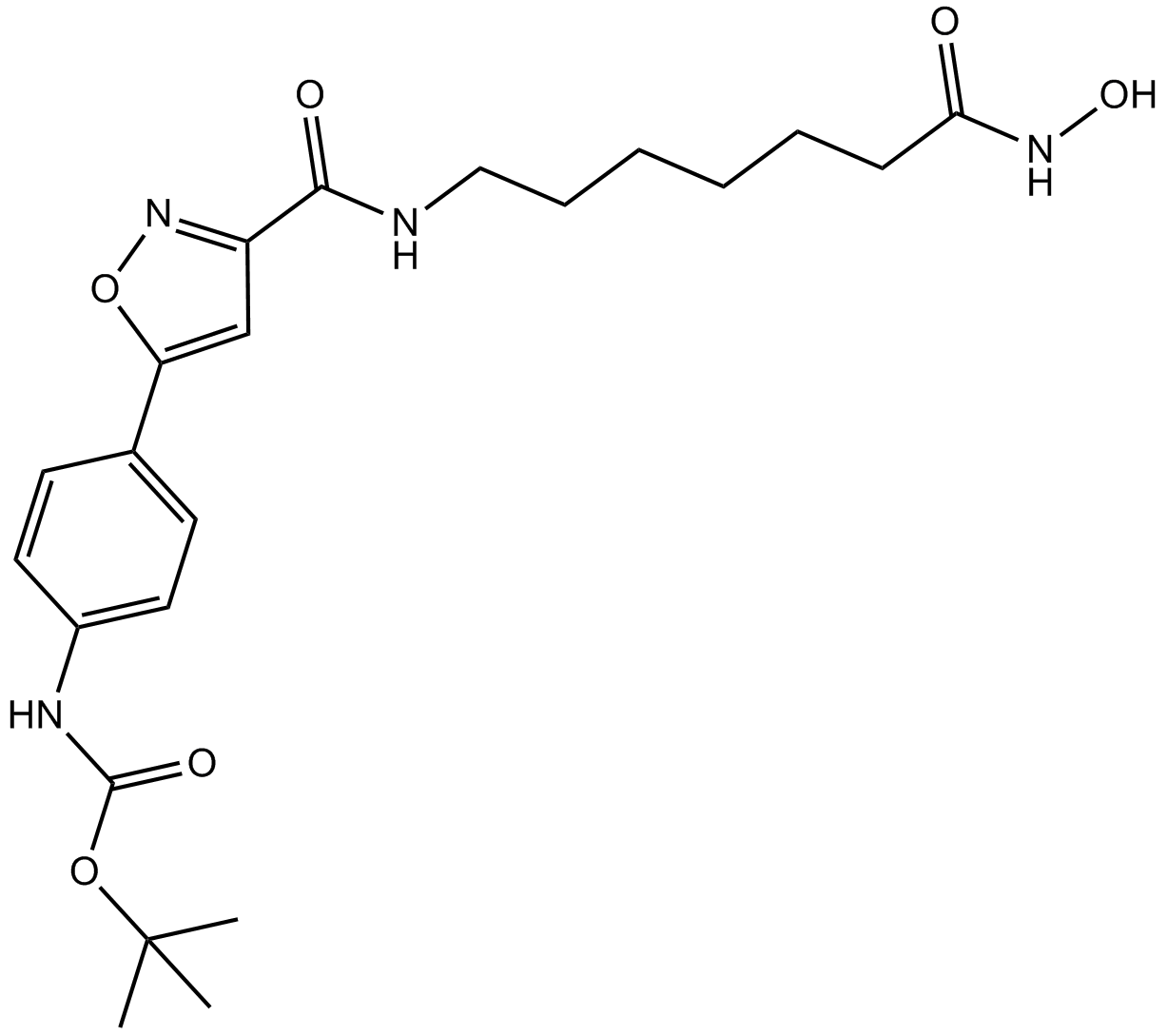 B4856 CAY10603Target: Histone Deacetylases (HDACs)Summary: potent and selective inhibitor of HDAC6
B4856 CAY10603Target: Histone Deacetylases (HDACs)Summary: potent and selective inhibitor of HDAC6 -
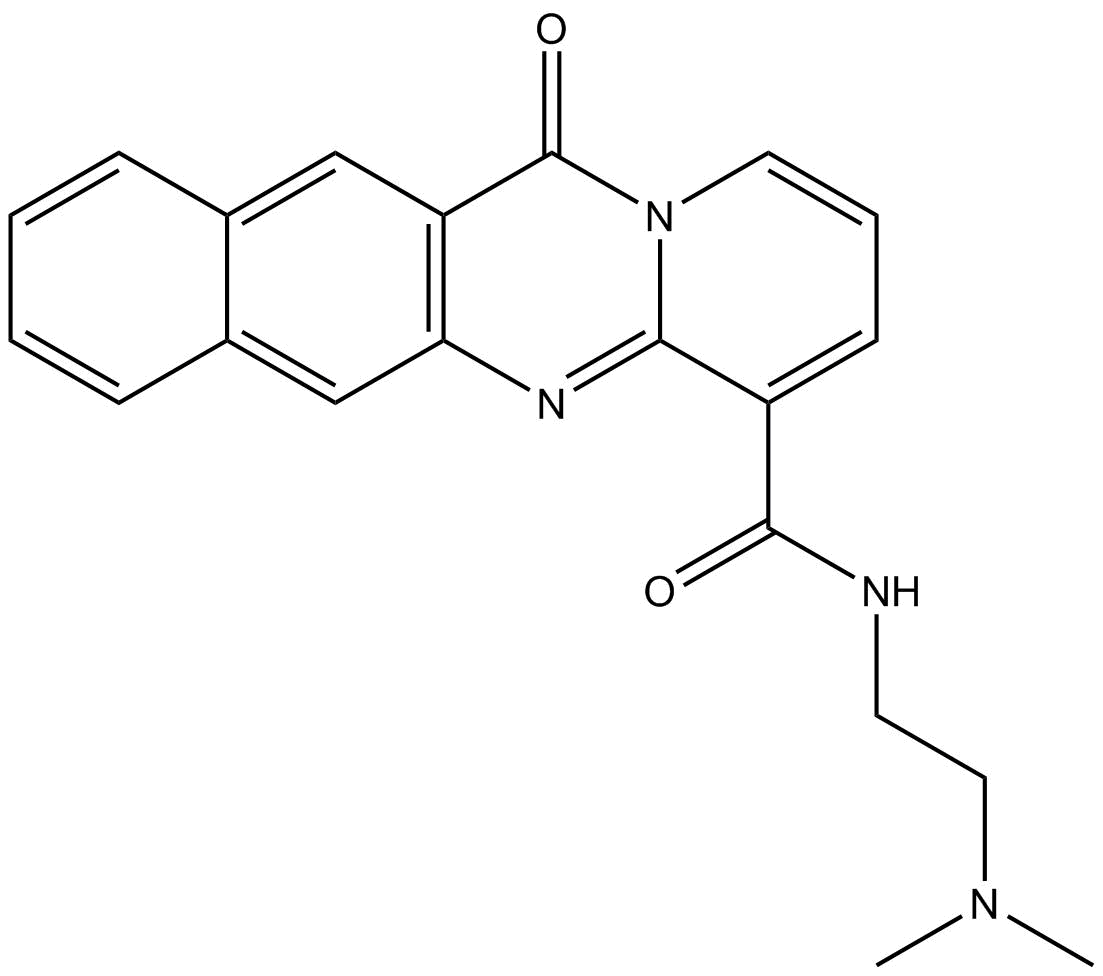 B4896 BMH-21Target: RNA PolymerasesSummary: RNA polymerase I Inhibitior
B4896 BMH-21Target: RNA PolymerasesSummary: RNA polymerase I Inhibitior -
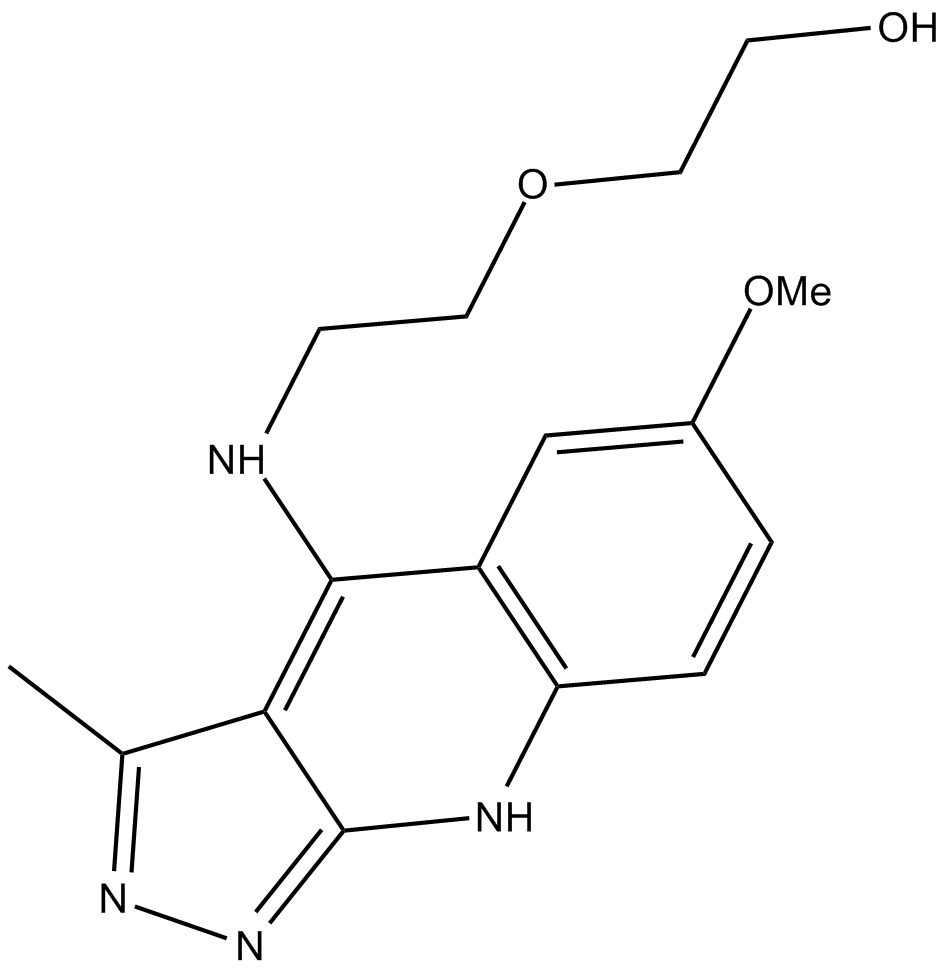 B4935 SCH 51344Summary: MTH1 inhibitor
B4935 SCH 51344Summary: MTH1 inhibitor -
 B4960 Penciclovir SodiumSummary: antiviral drug
B4960 Penciclovir SodiumSummary: antiviral drug -
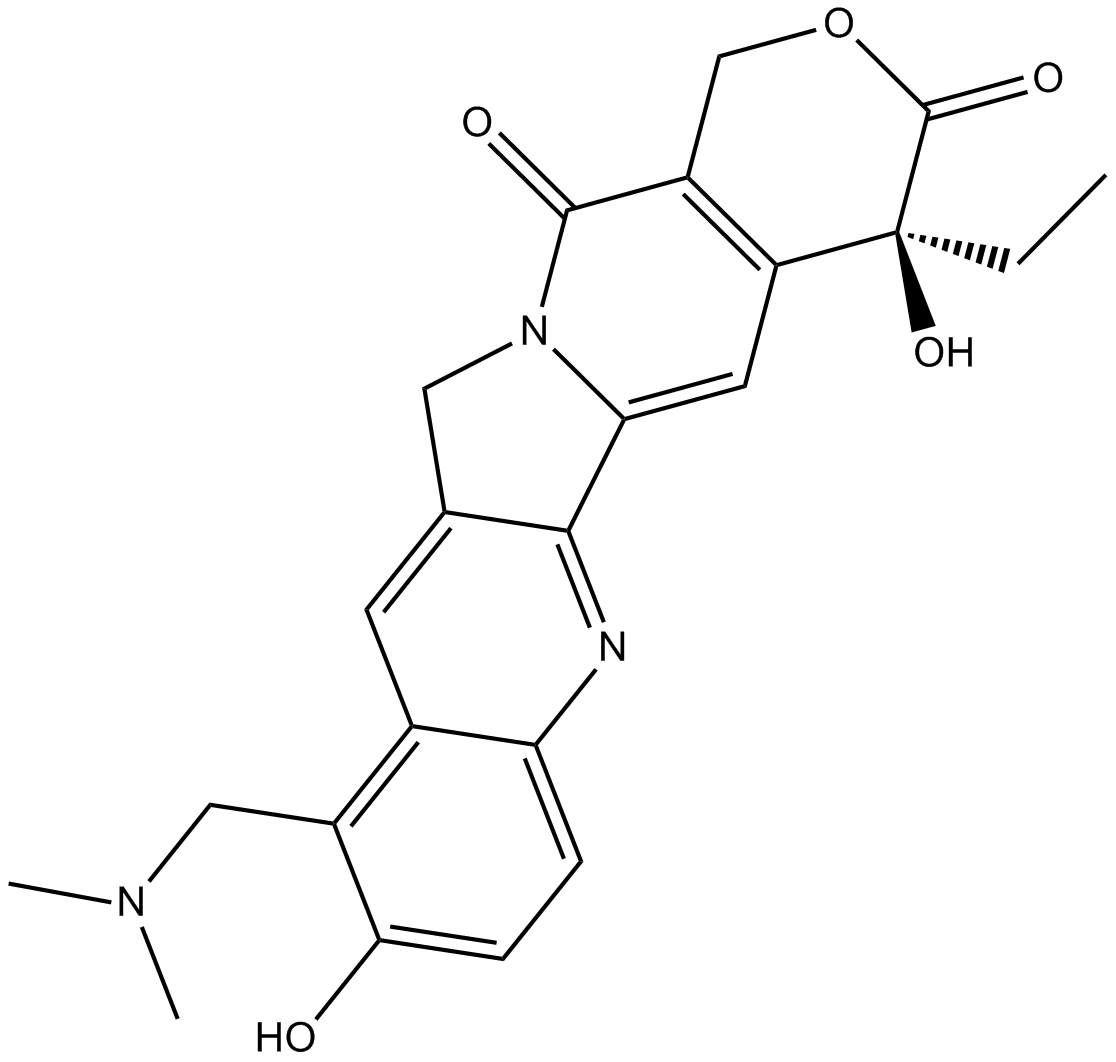 B4982 Topotecan1 CitationSummary: Topoisomerase 1 inhibitor
B4982 Topotecan1 CitationSummary: Topoisomerase 1 inhibitor -
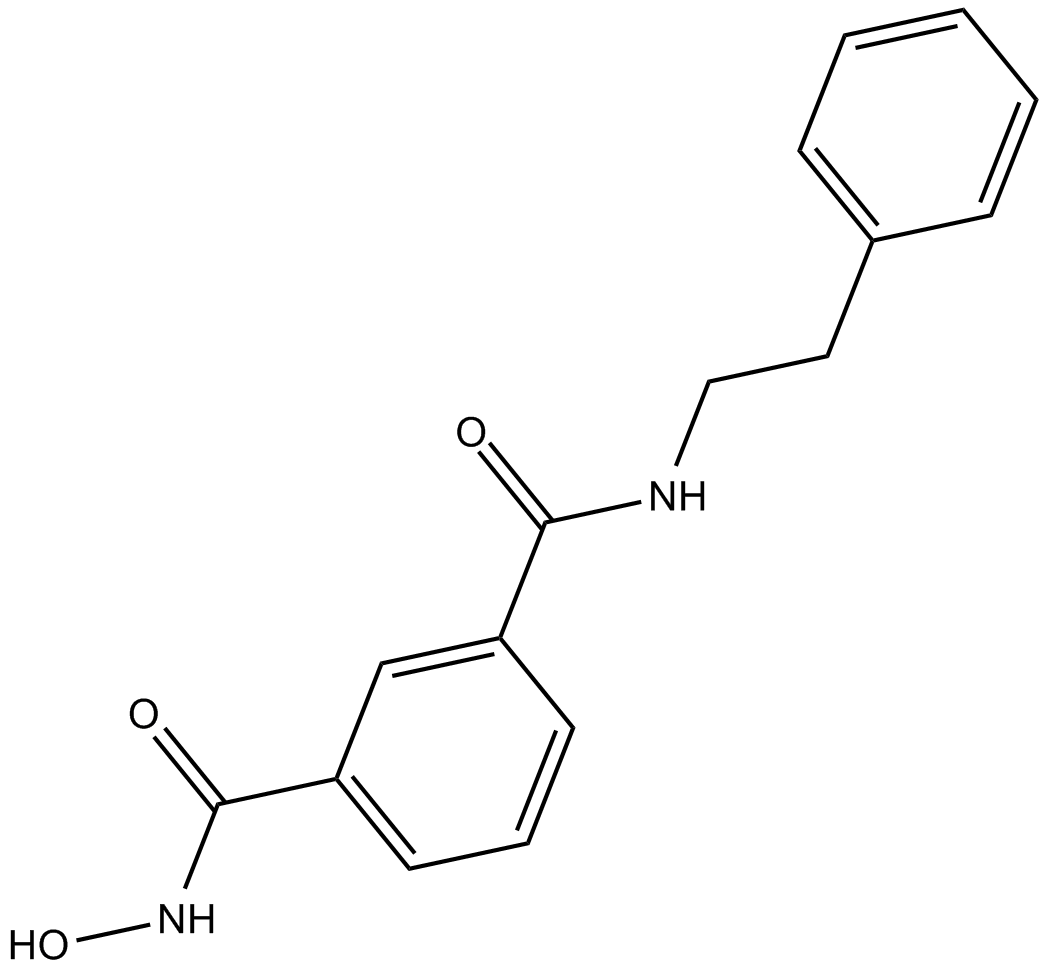 B4988 BRD739541 CitationSummary: potent and selective HDAC inhibitor
B4988 BRD739541 CitationSummary: potent and selective HDAC inhibitor -
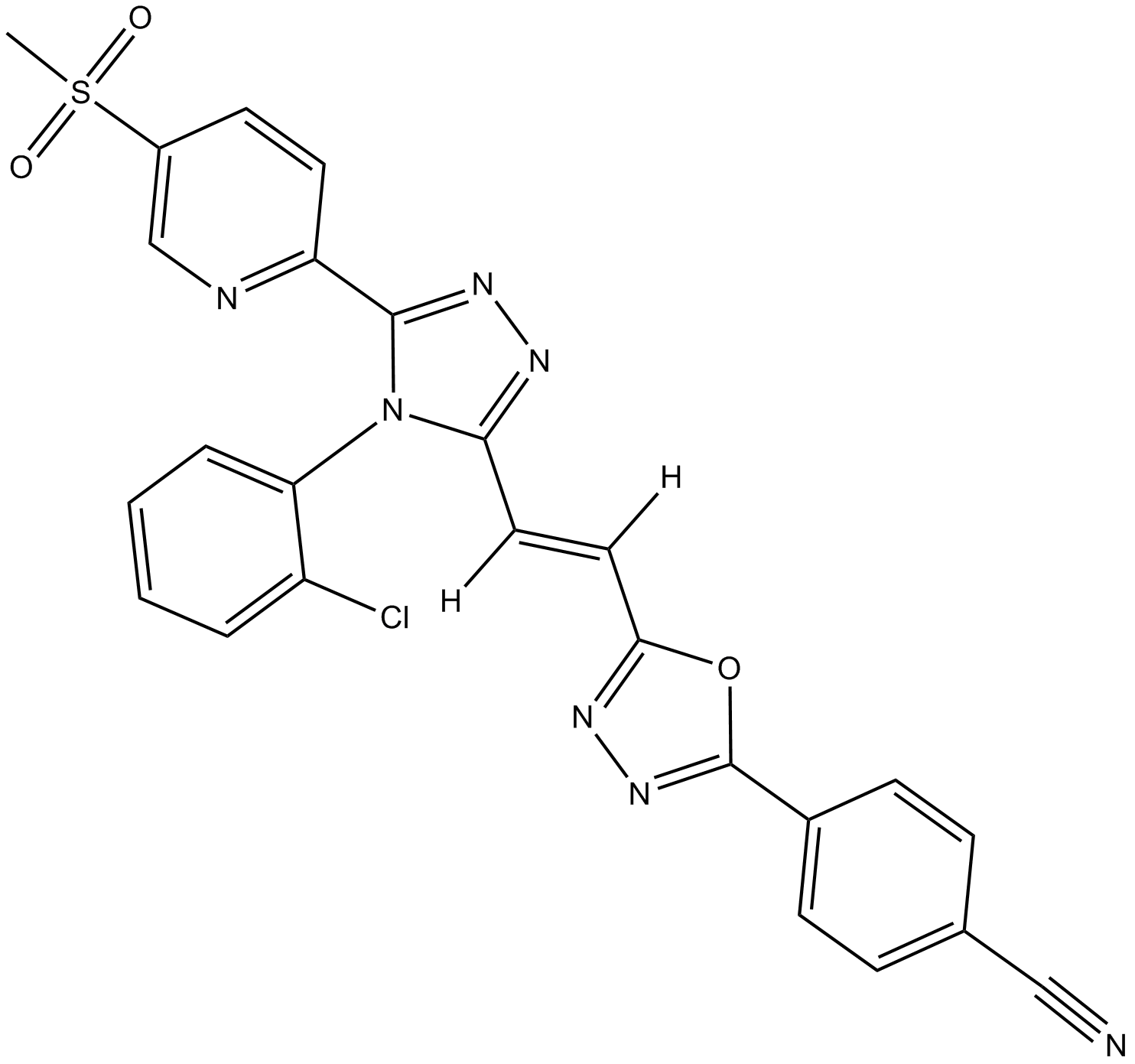 B5830 G007-LK1 CitationSummary: tankyrase 1/2 inhibitor
B5830 G007-LK1 CitationSummary: tankyrase 1/2 inhibitor -
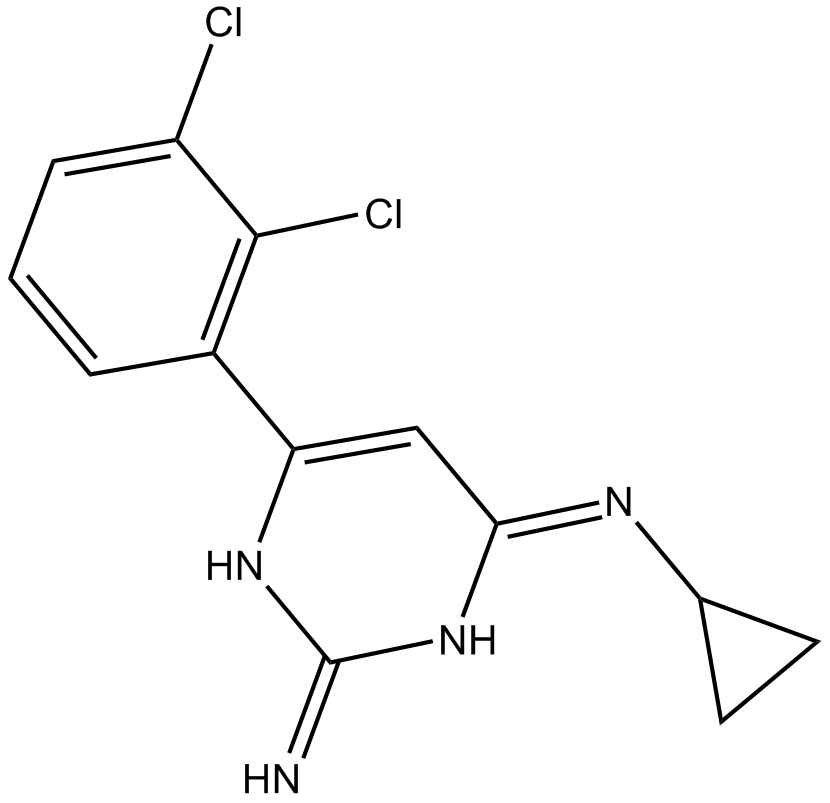 B5845 TH588Summary: MTH1 inhibitor
B5845 TH588Summary: MTH1 inhibitor

